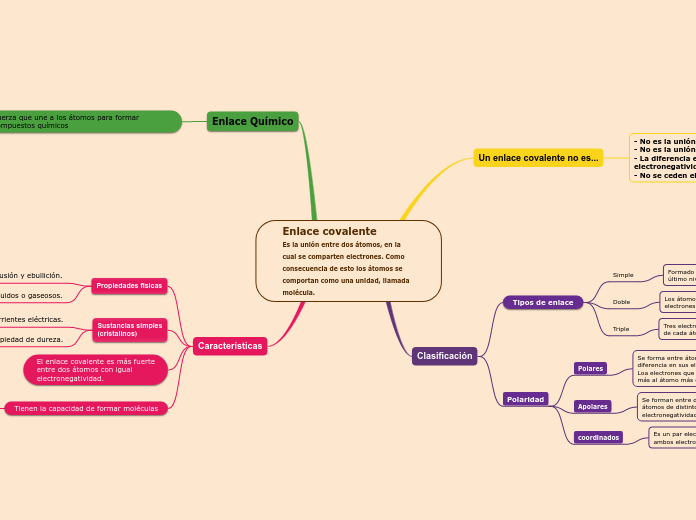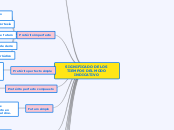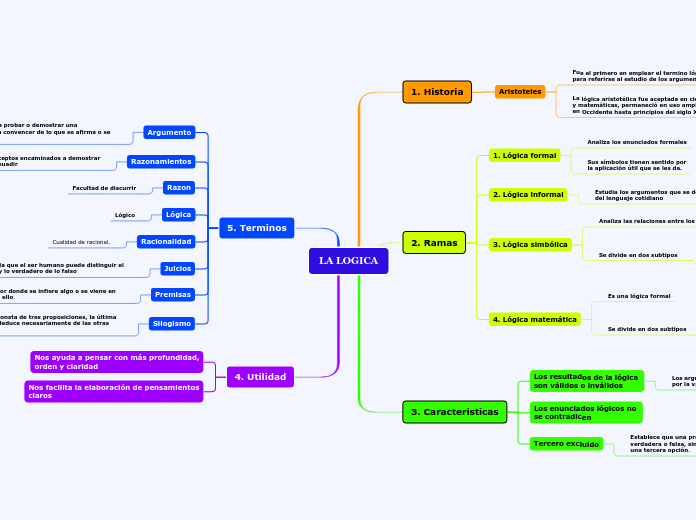por Proyecto ``Tecnologia`` Jose de la Cuadra 4 anos atrás
627
LA SILOGÍSTICA

por Proyecto ``Tecnologia`` Jose de la Cuadra 4 anos atrás
627

Mais informações


por Laura Gomez


por Nicole Tirado Mendez


por Daniela Obando


por brandon tapiero
Name the character
Type in the name of the character whose change throughout the story you are going to analyze.
Example: Nick Carraway.
Regla 3.-El término medio es aquel termino que aparece en ambas premisas, mayor y menor, pero que no debe aparecer en la conclusión.
Regla 4.-De dos premisas negativas, nada se sigue.
Regla 5.-La conclusión siempre sigue la parte más débil.
Character's behavior
Think of the character's behavior at the beginning of the story and look for the way it changed throughout the story.
Change in behavior
How did the character change the first behavior you mentioned? Type in a quote to prove your statement.
Example: Nick assumes the whole responsibility for Gatsby's funeral arrangements, 'with that intense personal interest to which every one has some vague right at the end.'
Ejemplo
• Conclusión: Sócrates es mortal.
• Premisa menor: Sócrates es hombre.
• Premisa mayor: Todos los hombres son mortales.
Character's feelings
Focus on the way the character's feelings are presented at the beginning and at the end of the story, while explaining why they have changed.
Change of feelings
In what way did the character change the feeling you mentioned?
Type in a quote to support your statement.
Example: 'They are a rotten crowd. You're worth the whole damn bunch put together.' - Nick criticizing the Buchanans.
Title
Type in the title and author of the literary work that introduces the character.
Example: The Great Gatsby, by F. Scott Fitzgerald.